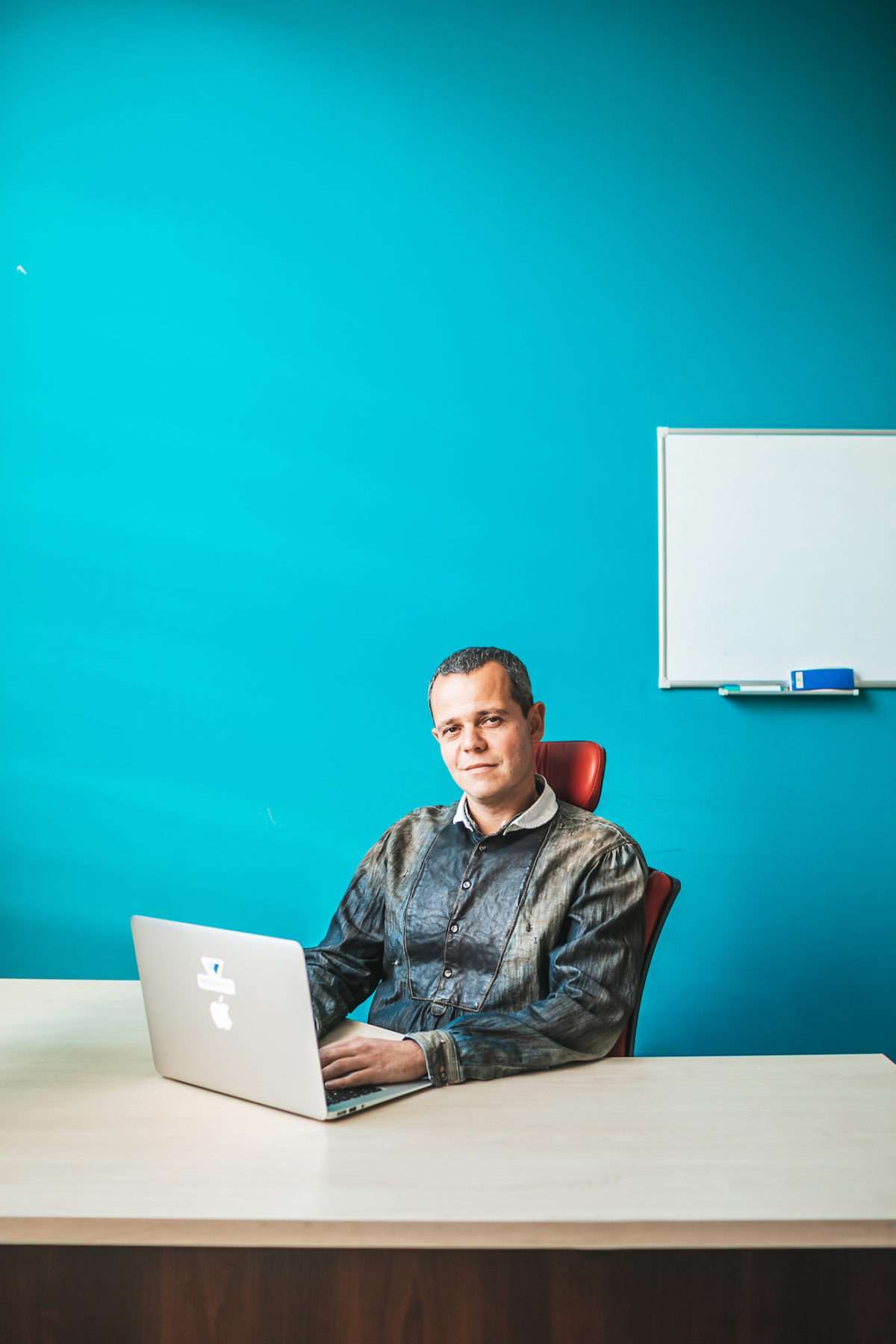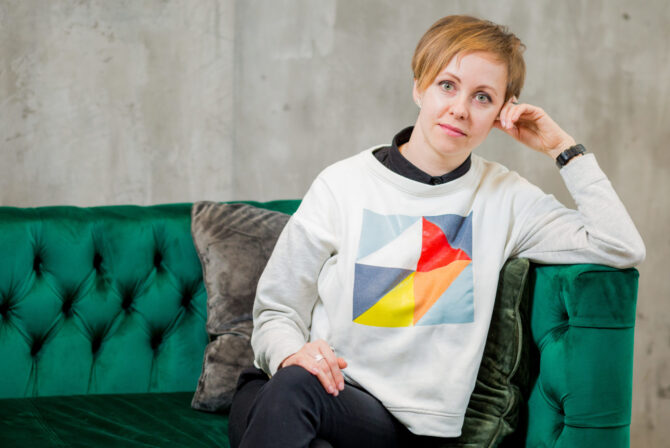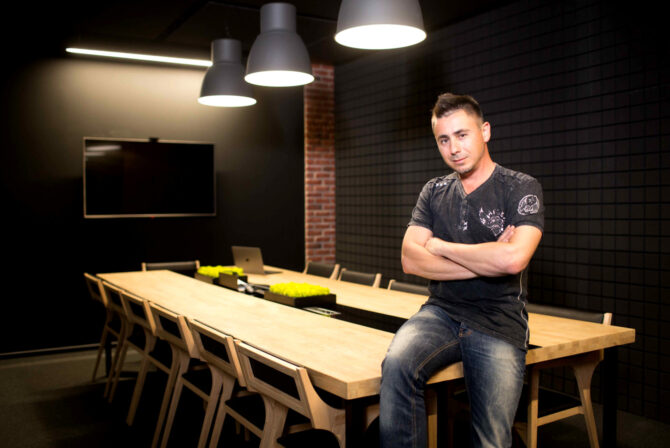“Technology of success” — a series of interviews with leaders of the most ambitious IT companies in the country. Throughout the year, together with Lviv IT Cluster, we will tell you about entrepreneurs and heads of tech companies in Ukraine, trying to better understand the people who are driving the country forward.
Eugene Bogatyriov, Managing Director of Waverley Software in Ukraine, talks about his professional success story, the company’s most interesting projects, responsible freedom, and the importance of leaving your comfort zone.
How did you become the person you are now? How did your professional story begin?
I’ve spent my entire life in Kharkiv. I was born here, studied here, and have no intention of leaving in the foreseeable future. I grew up in KhTZ, the industrial district near the Kharkiv tractor factory.
The path to who I am now began when I was fourteen years old and became interested in radio electronics and computers.
It was the 1980s. At the time computers were very expensive; the average engineer could not afford to buy one. Fortunately, I found the information needed to build one, complete with a list of materials I would need. My father had working knowledge of radio electronics, so we decided to build a computer from scratch. Parts and microchips were scarce at the time, but in six months our computer assembly project was complete.
At first, we used it to play games. When I found a thick book about a programming language called BASIC everything changed. I found the book quite interesting and started writing code. It was amazing to me that I could create something entirely new with my own hands without even leaving the house. When I realized it was possible to make something that didn’t exist before, I got really excited and decided to dig deeper.
Before finishing high school, I knew what I wanted to study. There was no doubt in my mind: I would major in programming. I entered Kharkiv Polytechnic Institute.
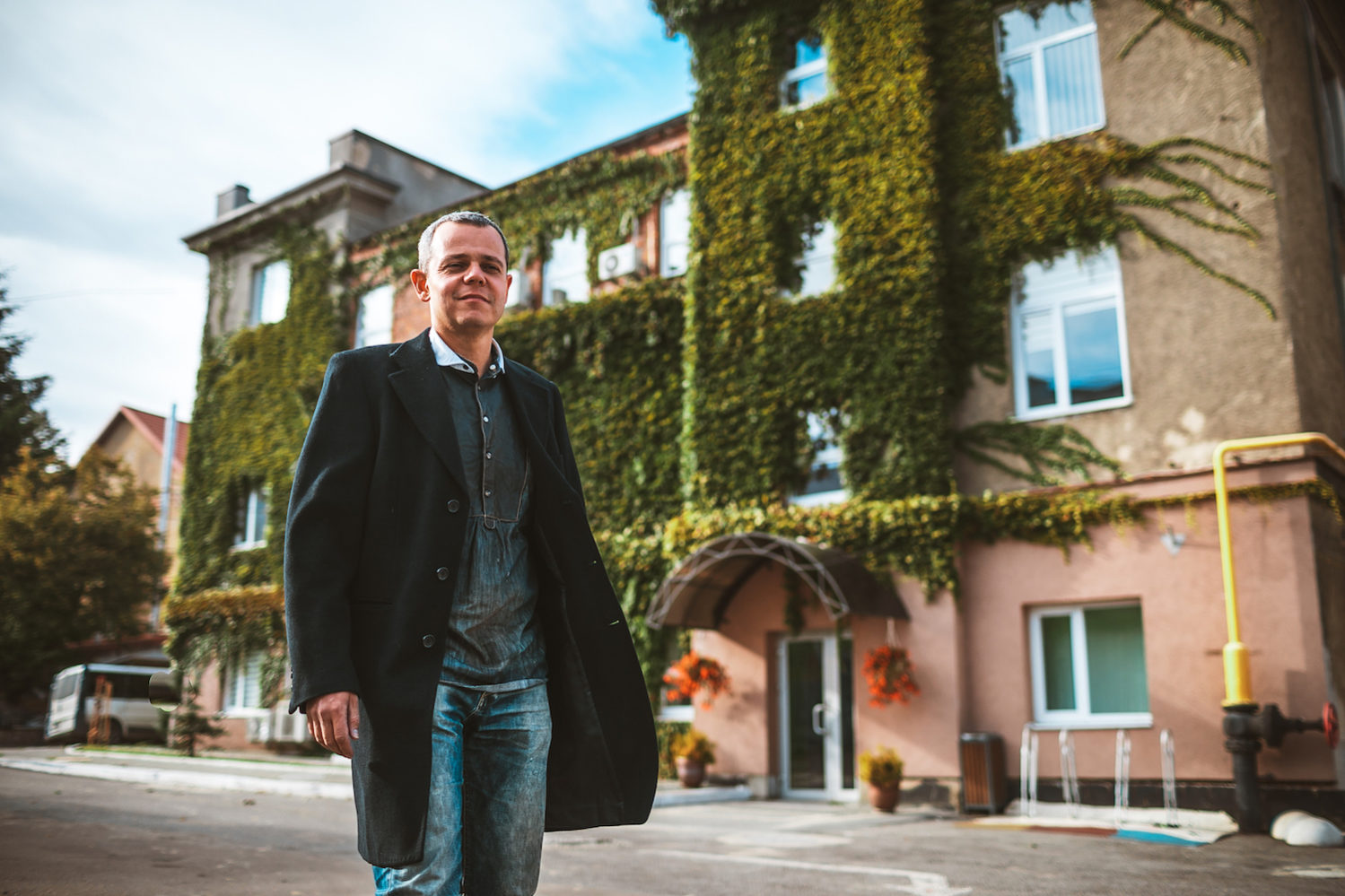
When did you get your first job?
In 1997, when I was a fifth-year university student, I got my first job. Finding a job as a computer programmer wasn’t easy at the time. The outsourcing market was still in its infancy. There were a few outsourcing companies, but all of them were very small.
In spring before my graduation, the university organized a job fair. Most of the people who came to the event were representatives of state research institutes. Only one private company sent representatives to the event. I approached their table and asked all kinds of questions. Then I told them about myself. They were interested in me and, of course, I was interested in working for them, so we exchanged phone numbers. They hired me a few weeks later.
The company was developing a radio-electronic intelligence system. The purpose of the system was to identify aircraft by the type of radiation. It was quite a way to start my career.
A bit later I interviewed at one of the first outsourcing companies in Kharkiv and probably in the whole of Ukraine — Alis Software. First, they asked me to do a test task. I spent 3 months working on this test task in my free time after work. Once I finished it, they were sufficiently impressed that I was asked to participate in a programming competition. The annual competition drew more than a hundred participants interested in testing their skills and landing a job. I won second place and was offered a job.
The company was working with American clients. It was an outsourcing business. When I joined the company, there were about 50 people working there. I was getting paid to do what I most wanted to do professionally — computer programming.
Not long after I joined the company, the head of my department moved to the US. A new manager took over, replaced him. A year and a half later, he also moved to the US. That was the trend at the time; the Cold War was over and people were moving to America in droves. Unexpectedly, I was offered a job as lead of the department.
The offer was very much a surprise. I considered myself a technical specialist, not a manager. Programming was my passion, managing people would be a challenge. I hesitated for a few days, but decided to give it a try. Over time, I discovered that management is a totally different science that required me to develop another set of skills.
Therefore, I felt I should concentrate on one or the other — and do it really well. I decided to focus on management
Then the dotcom bubble burst. It was a very hard time for everyone. The company lost a lot of business. We had to cut salaries by 30% to stay afloat. Luckily, we managed to keep most of our employees.
You came to the company as an average developer and grew to a top management position, right?
Yes, I was head of the department, a top management position.
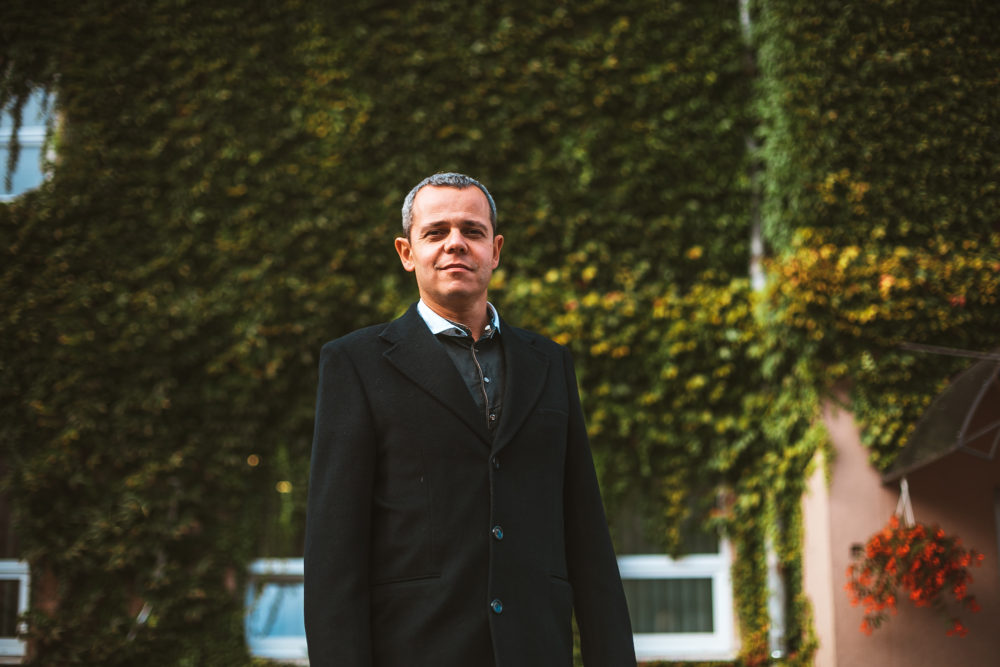
When the company got acquired by GlobalLogic, I stayed on. But after four years in a top management I started thinking about what to do next. Management was certainly an interesting experience, but the world of tech was expanding and had a lot to offer. I started thinking, “Wouldn’t it be cool if an American company opened its R&D in Ukraine?” And then I started to wonder if I сould help make that happen.
Then one day, a former colleague called me and said he had an interesting offer. We met in person and he told me he knew of an American company that wanted to open its development center in Ukraine. What’s more, they were looking for someone to run it. My dream of helping to build an R&D center in my home country suddenly became more real. Negotiations began on Skype calls, then the company flew me to the US.
I met with Matt Brown, the company’s founder, along with COO, Patti Gosselin. We reached an agreement and I started working at Waverley Software in April of 2012. At that time, the company had only one office located in Palo Alto in the heart of Silicon Valley. They’d been working with partners in Romania and Bulgaria for some time and had decided to build their first office overseas.
The company’s story began in 1992. Could you please tell us what were the goals the company has set for itself?
In the 25+ years Waverley Software has been in business, they have been at the forefront of the technological revolution: developing programs for the first smartphones, forming partnerships with global giants and launching huge products.
In the 1990s, Matt Brown founded Waverley and began to collaborate with engineers in California. Back then the company developed early generation mobile software for technological giants such as GroupOn and Yahoo, and became known as a mobile app development pioneer.
The company also was contracted by Apple to work with the original team of Macintosh developers on Newton OS for Apple. In addition, they were creating apps in partnership with the original team of Macintosh developers. PenPoint, Palm OS, Windows CE, and other first-generation mobile platforms also turned to Waverley when they needed to create apps.
The Waverley team was involved in the development of revolutionary functions for the predecessor of modern smartphones — Danger Hiptop pocket computer, which allowed users to store their data in the cloud. Years later, iOS by Apple and Android by Google relied on those pioneering achievements for the mobile development of Danger OS. Over time, Waverley’s client list grew to include giants in the field of finance and telecommunications including American Express, Vodafone, and Swisscom.
With all this new business, the company needed larger engineering capacities for its many growing projects. It had already been working with partner developers in Romania and Bulgaria and would continue to do so for another eight years. Having in-house experts allowed Waverley to expand its expertise and work on large projects for companies such as Microsoft, Mozilla, Qualcomm, TripIt, and Toyota. For example, a team of 25 testers from Waverley were responsible for quality control in the Mozilla Firefox project.
In 2012, Matt decided it was time for Waverley to open its own offshore development center. Ukraine was chosen for good reason; engineers from our country had established a solid reputation and were known around the world for their software development expertise. Matt was confident Ukraine could meet the engineering needs and high standards of Waverley clients.
The company considered various locations and chose the city of Kharkiv for their first Ukrainian office. Not only did Kharkiv have a large pool of technical specialists, the real estate prices were moderate compared to Kyiv. Matt was engaged in sales and relationships with clients, and my job was to ensure that orders were completed.
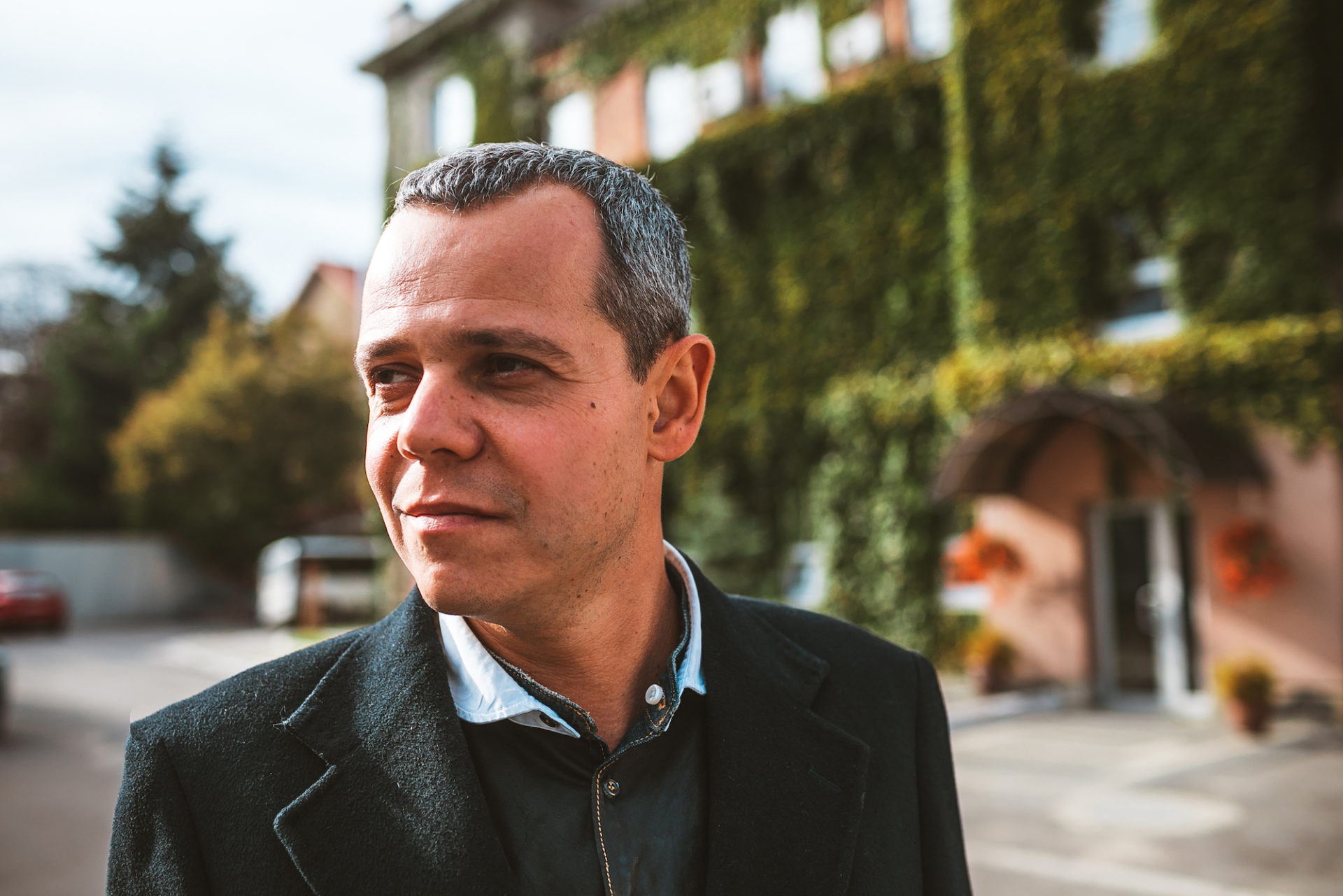
How would you describe the company today?
Our company now has over 200 employees, 130 of them at our offices in Ukraine.
The head office is located in Kharkiv. We also have an office in Lviv, and about 15% of our colleagues work remotely from various cities in Ukraine. Our focus when hiring is on talent, not geographical location.
Our experience and the company’s reputation in the Silicon Valley gave us access to a vast number of innovative projects that Waverley brought to Ukraine
Most of the company’s projects are for startups in an active growth stage. These companies need to develop a product from scratch using the latest technologies. Such projects use an agile methodology, and teams have the opportunity to influence business decisions from both a technical and business point of view.
Also among our clients are well-known global brands that require technological solutions to launch new products. Companies often need a solid team that is ready to take responsibility for the implementation of a project and has a high level of expertise in the most up-to-date technologies. Our portfolio includes integrated engineering solutions for Nestle, Seagate, Matrixx Software and other brands.
Please tell us about the company’s biggest and most challenging projects.
Currently we are working with clients in exciting new fields such as smart home automation and safety, social robotics, and energy management. We also work on educational projects, business processes automation, etc. Our projects include large-scale corporate solutions, for example: an artificial intelligence project for the healthcare industry, the latest technologies for smart homes, multi-billion-dollar stock exchanges, and progressive charity projects.
We’re also involved in wearables and recently helped develop a fitness ring. A unique design that fits on your finger, the fitness tracker has sensors and a built-in computer that records your data and sends it to your home computer or other device via Bluetooth. Waverley continues to be involved in this project and is currently developing iOS and Android apps to synchronize data as well as working to improve the tracker’s embedded systems.
Another startup we are working with is a very small music player that will allow people to listen to their favorite streaming services, even when outside the mobile service coverage area. The device can hold up to 3,000 songs, it also has a built-in Bluetooth and wireless connectivity.
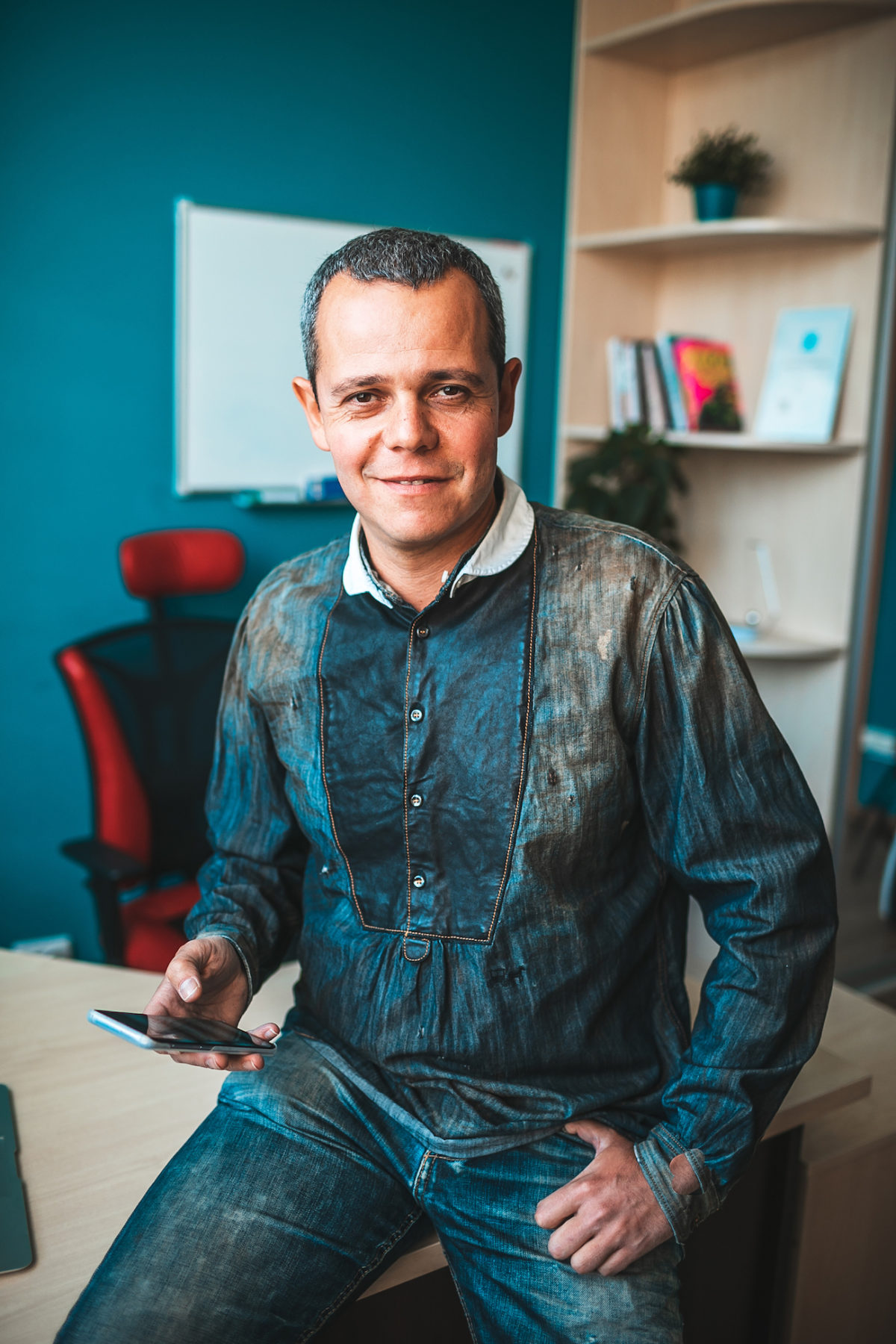
One of our biggest projects is with a company that develops solutions for smart home security integration. There is a huge worldwide market for these products; tens of millions of homes have automated security systems in the United States alone.
Our client’s system allows the user to integrate their system with equipment made by many manufacturers. This gives them the advantage of being able to manage all smart home systems via a single mobile application. Waverley is working on the front-end of mobile applications as well as home-based user panels. We are also developing a server solution for embedded devices and applications for security panels that give them new capabilities.
We also have a complex project in the field of e-learning, which is based on a corporate training that increases emotional intelligence. There is a strong demand for this in corporations these days. Most companies realize the benefit of assisting their employees to develop and expand EQ.
We also have numerous clients who count on us to provide services in design, embedded systems development, and software testing. For instance, Seagate, the global leader in data storage devices, has been relying on Waverley for testing services since 2013.
Why should I, as a potential employee, choose Waverley Software?
We don’t try to be the perfect company for everyone. Everyone has their own desires and needs. People are very different, and I don’t know how to create a company that will be attractive to everyone.
We’re always looking for people we feel would be a good fit for our company culture.
About 65% of our technical staff are at the senior or higher level
Because we work with so many Silicon Valley startups, we tend to hire tech professionals who have reached a high level of expertise. Our client’s don’t need teams with a certain number of people; they are looking for fast, high-quality implementation of a specific solution. This gives Waverley employees creative freedom and responsibility at the same time. We hire people who are capable of both.
Typically, our teams consist of three developers, one for each platform. Each team member should be a top specialist. We don’t expect our people to need another team member to cover their back. Rather, team members expect their colleagues to be capable of working together to make the best product possible so the startup can succeed.
Not all people can work under such conditions, and we understand that. Therefore, we are looking for flexible colleagues — those for whom the work is not just a task, but an exciting challenge. This is the foundation of the engineering culture at Waverley.
Could you please explain what you mean by the engineering culture at Waverley?
We have a structure called the CTO Office. Several years ago, we decided to divide the functions of the CTO and create a whole development direction called the CTO Office.
The technology profile of the company is quite wide — JavaScript, Java, .Net, Artificial Intelligence, mobile and embedded solutions, etc. It is almost impossible for one person to be a professional in all these areas. The idea was to bring together a group of our leading engineers in the CTO office. Teamwork is a great illustration of the way a group is more efficient than its individual members. The mission of the CTO Office is to promote the best engineering practices on all projects and enhance the engineering skills of Waverley’s software developers.
The CTO Office consists of leaders in various roles including VP Delivery, as well as leads in such technical lines as Java, JavaScript, Python, iOS, Android, Machine Learning, Embedded, DevOps, QA, and Design. Together, the department works on the development of career opportunities, supporting the company to attract new projects, research emerging technologies, and set standards for engineering skills.
Several years ago, we decided to divide the functions of the CTO and create a whole development direction called the CTO Office

Is responsible freedom something that makes your corporate culture unique? Please tell us more about your work processes.
Responsible freedom is a very important element of our corporate culture. It’s the basis on which Waverley was built and an approach that is very important to me personally. Freedom was laid in the foundation of the company.
The basis of responsible freedom is being result-oriented and able to work from anywhere on the planet. There are no limits to how much time off employees can take, and they won’t lose their workplace in the office if away for some time. The model requires specialists who have a high level of self-organization and personal responsibility. This approach is rapidly gaining popularity around the world: 20% of employees can already work remotely and, in the technology industry, this grew to more than 70% over the past 10 years.
About 15% of our employees take advantage of the opportunity to work remotely. Most work from home periodically, while others go abroad for several months at a time, combining work and leisure.
You have a lot of experience in the IT industry. Obviously, there were both mistakes and problems that helped you to grow. What, above all, should beginners remember?
I will only mention what worked for me. Everyone has their own recipe for happiness. In my opinion, it is necessary to leave your comfort zone from time to time. It can be painful, but it’s the only way you can learn.
I was scared to quit my first job, but I took that step nevertheless. I am often asked how I worked as a programmer and became a manager? How did it work out?
I was very young when I made the move. There were far more experienced people in terms of technical experience and life in general. Looking back, I now understand that my tendency to poke my nose into anything is what allowed me to step into this opportunity.
Everyone has their own recipe for happiness. In my opinion, it is necessary to leave your comfort zone from time to time
I’ve always been keenly interested in what’s happening around me. It was always natural for me to do things that no one had asked me to do. (Laughs) It is worth listening to your intuition and following your heart.
In 1999, I analyzed where to go in my career and considered which industry presented me with the most opportunities. Ultimately, I followed the voice of my heart and pursued what I was genuinely interested in. I believe that is what leads to success.
It’s always worth remembering that the difficult situations that happen in life happen for a reason. They help us become better. They are what really drives a person forward.

